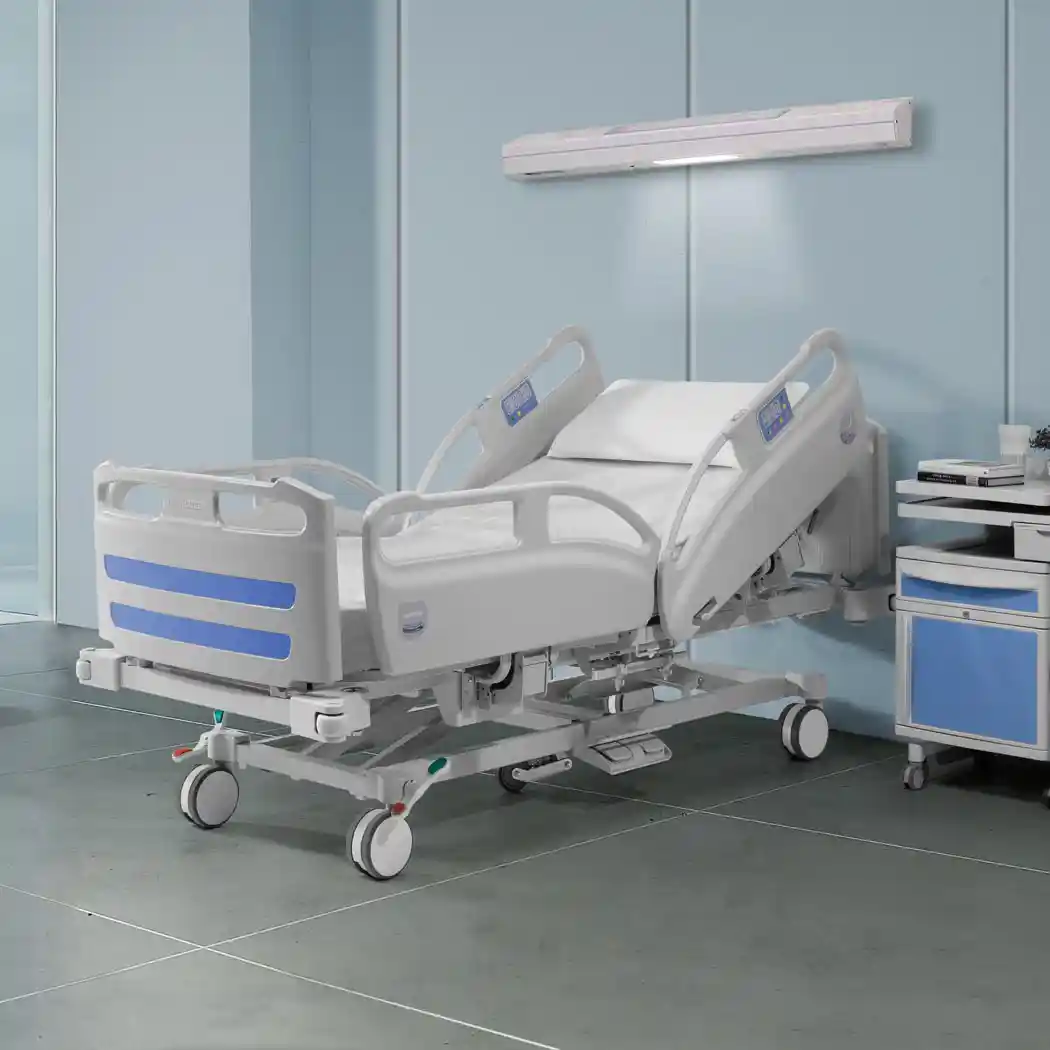Why choose LGC Industries for your threaded inserts?

Need reliable solutions for your fasteners? Buy from a renowned threaded insert manufacturer. Here's why you should choose LGC:
- Introduction to threaded inserts
- Materials used in our threaded inserts: metal, steel, stainless steel, brass
- Order from LGC Industries, threaded inserts manufacturers and experts
- Applications and uses for threaded inserts
- Our commitment to quality and customer satisfaction
- FAQ
- What is a threaded insert?
- Why use a threaded insert?
- How do you fasten a threaded insert?
- What threaded insert should I choose?
Introduction to threaded inserts
LGC Industries offers a full range of threaded inserts, essential components in the world of modern manufacturing and repair. Our threaded inserts are available in a variety of materials, including light metals. The main advantage of these inserts lies in their simplicity and quick set-up, which generally does not require any special tools.
Perfect both for developing new products and repairing damaged threads, our threaded inserts are a versatile and reliable fastening solution that can be adapted to all your requirements.

Materials used in our threaded inserts: metal, steel, stainless steel, brass
We carefully select a variety of high quality materials to produce our threaded inserts, ensuring optimal performance in a multitude of applications. Brass, known for its excellent heat conductivity and machinability, is perfectly suited to being fitted through heat or using ultrasound.
Steel and stainless steel, on the other hand, are well-known for their exceptional corrosion resistance as well as their high durability, making them ideal for particularly tough environments. Our metal inserts are custom-designed to meet the specific needs of each project, offering a reliable and long-lasting solution.
Order from LGC Industries, threaded insert manufacturers and experts
With nigh on a century of expertise in producing high-quality cylindrical fasteners, here at LGC Industries, we stand out for our commitment to innovation and customer satisfaction.
Our Intervis® threaded inserts are designed to offer a solution that is both practical and reliable, and are available in a variety of materials such as steel, stainless steel, and brass. Our unique manufacturing process improves the material's elastic resistance, ensuring better pull-out resistance. Our team of technical experts is always available to help you choose and design the products best suited to your specific requirements.

Applications and uses for threaded inserts
Our threaded inserts play a fundamental role in various industries, offering solutions for essential applications. In the electronics and household appliances sector, they serve as reliable fastening points for electric components and control panels.
In the automotive and aeronautics industry, threaded inserts are key to strengthening connections in fittings. They are also vital in the medical device sector, where they can offer sterile and hygienic fastening points.
Our commitment to quality and customer satisfaction
At LGC Industries, commitment to quality and customer satisfaction is at the heart of what we do. We adhere to the highest quality standards, testament to our certifications ISO 9001, IATF 16949 and Q1 Ford. This recognition highlights our dedication to providing first-class products. Our quality control process is meticulously applied to each phase of production, and includes proactive quality management by our operators and a strict final assessment of the products.
FAQ
What is a threaded insert?
A threaded insert is a metal cylinder designed to be inserted into a pre-existing hole, thus providing an internal thread for a screw or bolt. This solution is ideal for repairing damaged threads or for increasing thread strength in various materials such as metal, plastic and wood.
There are numerous different types of threaded inserts, in particular those manufactured by forming a coil (like Helicoils) or by machining solid metal bars. Each type of insert offers a specific level of resistance, suitable for various applications.
LGC Industries also designs custom threaded inserts. For example, The 3-hole intervis® can be a practical alternative to standard Intervis® models with one slot.
Why use threaded inserts?
The use of a threaded insert is particularly recommended for improving thread strength in less resistant materials such as aluminium, magnesium alloys, and plastics. They are perfect for repairing damaged threads without requiring the entire part to be replaced, as well as to prevent the wear and tear that comes with with frequent assembly and disassembly.
Key benefits of threaded inserts include quick set-up, a variety of uses in different materials due to their high versatility, and long-lasting efficiency, making it possible to significantly reduce labour and maintenance costs.
How do you install a threaded insert?
To install a threaded insert, start by drilling a hole in the object in question, making sure it meets the technical specifications for the required diameter. Then insert the threaded insert into this hole. Use a fit-for-purpose installation tool such as a riveter, which goes into the insert's thread and exerts force in order to bend and fasten it securely to the surface in question.
It is essential to clean the hole thoroughly before installing and to select the correct insert, both in design and in specifications, to ensure that it stays fastened securely and durably.
How do I choose a threaded insert?
In order to choose the right threaded insert, consider several important factors first:
- Material: Select a material that is suitable for the load and corrosion resistance required (e.g. aluminium, zinc-plated steel, stainless steel).
- Desired finish: Choose the shape of the insert head.
- Diameter of drilled hole: Make sure the diameter matches the shaft of the insert.
- Total thickness to be crimped: Opt for an adequate shaft length to avoid an overly fragile assembly.
- Insert type: Depending on the desired application, you can choose from threaded inserts, threaded dowel pins, knurled and press-in inserts, self-tapping inserts, etc.
- Load capacity: Make sure that the insert can handle the weight and force applied.
- Thread size: Ensure compatibility with the nut or bolt in terms of diameter and pitch.




.svg)
.svg)